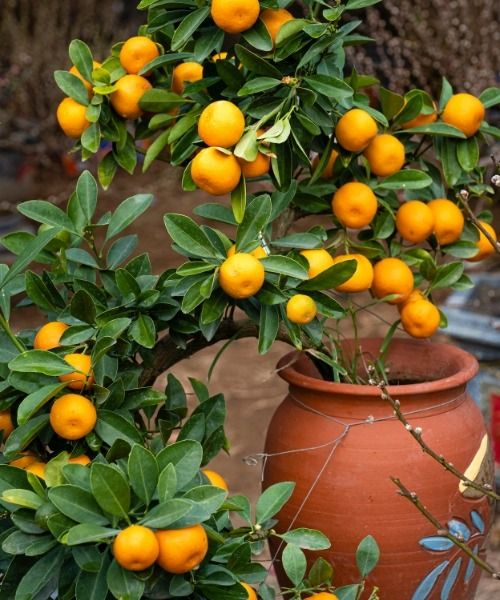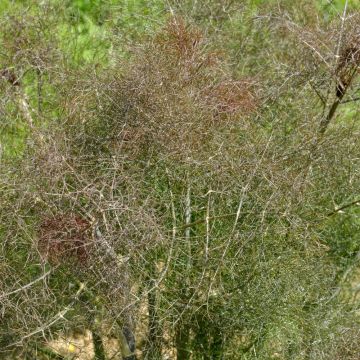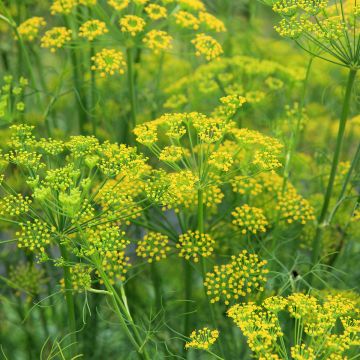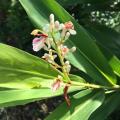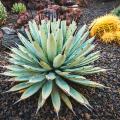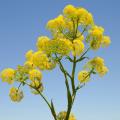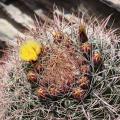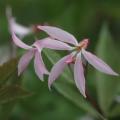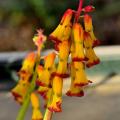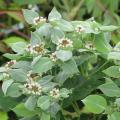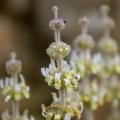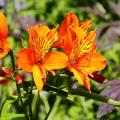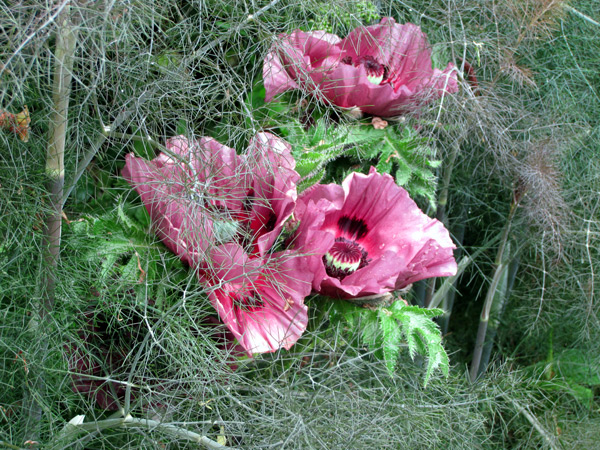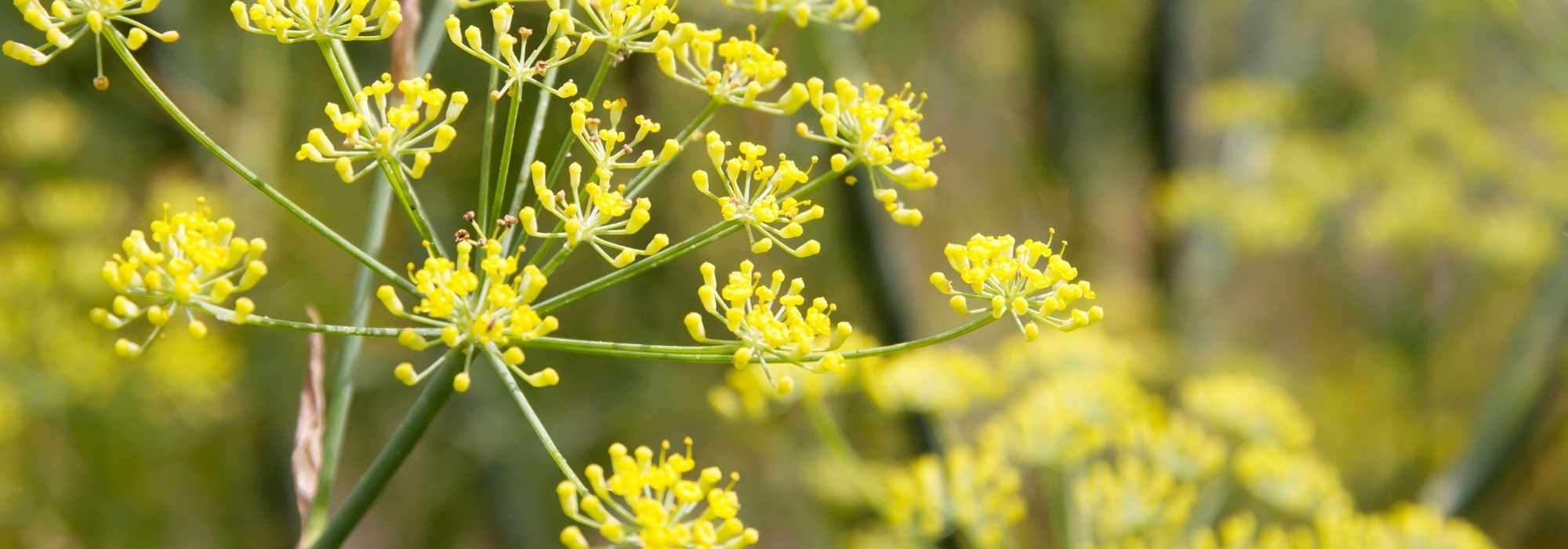Foeniculum - Fennel
Would this plant suit my garden? Set up your Plantfit profile →
Available in 2 sizes
Available in 1 sizes
Fennel is a perennial or biennial edible plant loved for its decorative foliage and anise flavor. Originally from Southern Europe, it likes well-drained, rich, light, and sunny soil. Easy to grow and maintain, the addition of manure for its growth and hilling for blanching the bulbs are recommended. To propagate it, its seeds should be sown in a greenhouse from March or directly in the ground in May. At the first frost, the bulbs must be dug up and stored in sand in a cool, airy, and dark place. Do not mix with dill, celery, or leek, but rather with mint, sage, or cabbage (protects against caterpillars and butterflies). In terms of cuisine, Foenicumum can be enjoyed raw, grated, steamed for 10-15 minutes, braised for 30 minutes with a knob of butter and sugar to caramelize it. It can be used as seasoning in savory dishes (seafood) or sweet dishes (fruit salads or tarts). Peel off the stained outer leaves to consume them again. In terms of virtues, fennel has great antispasmodic and carminative properties. Rich in vitamins A, C, B9, E...
Haven't found what you were looking for?

































